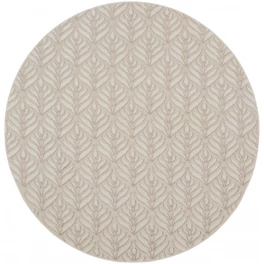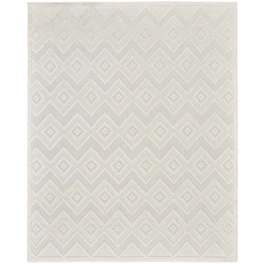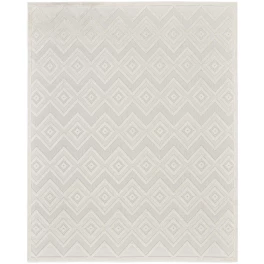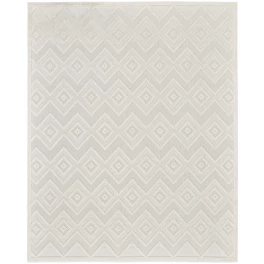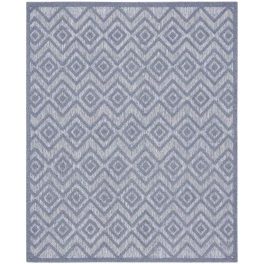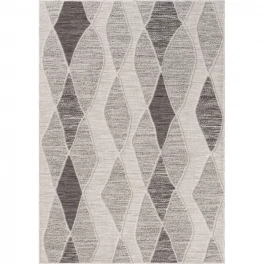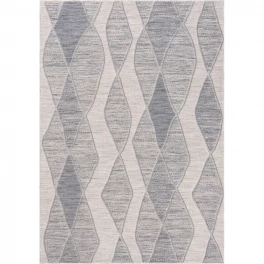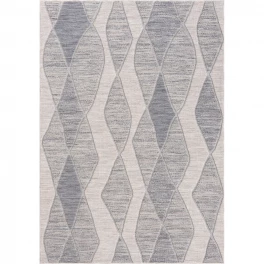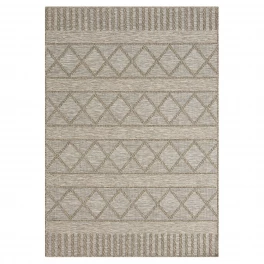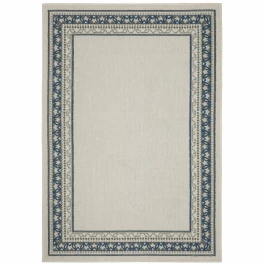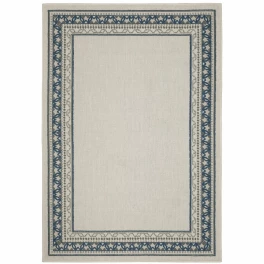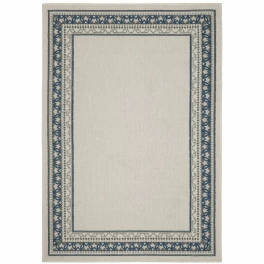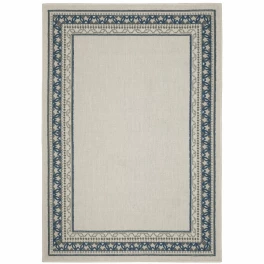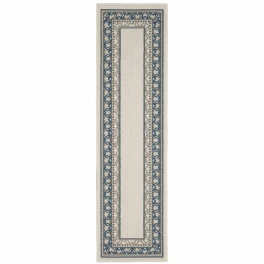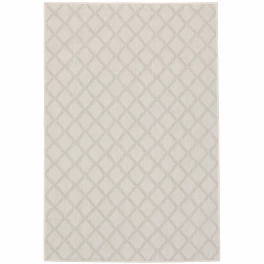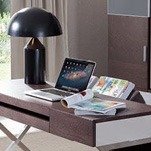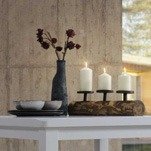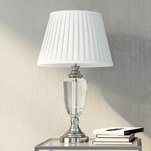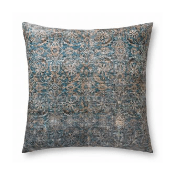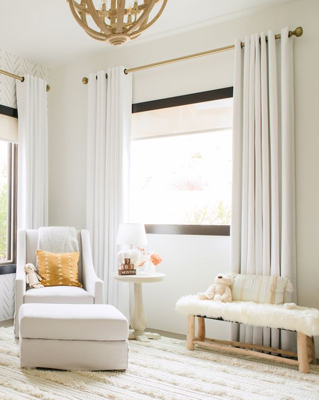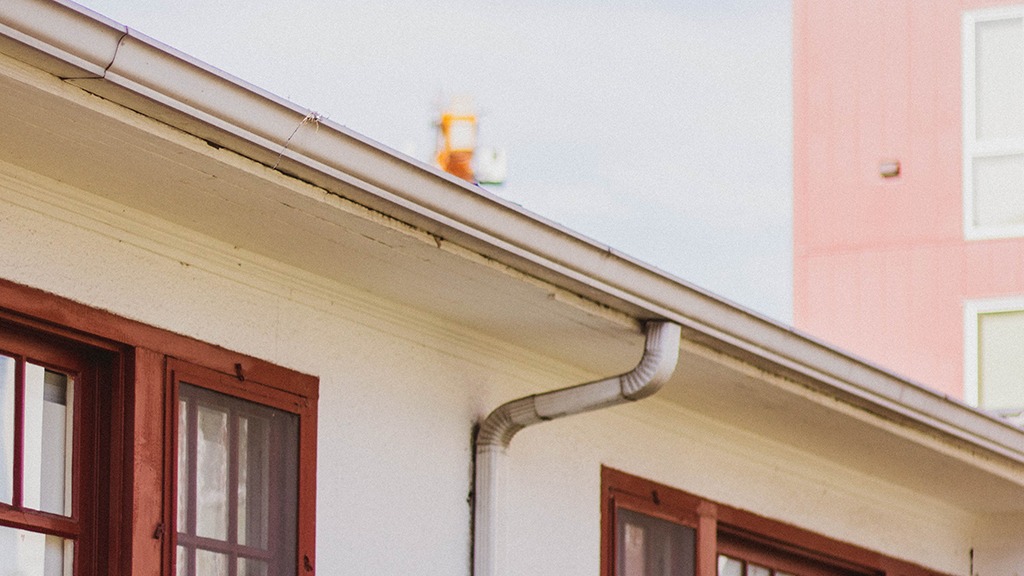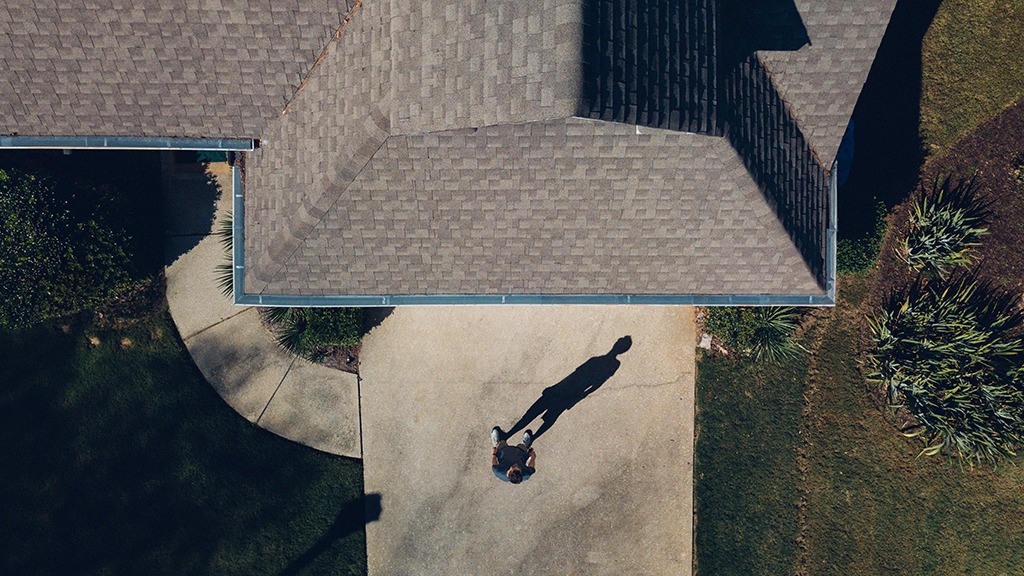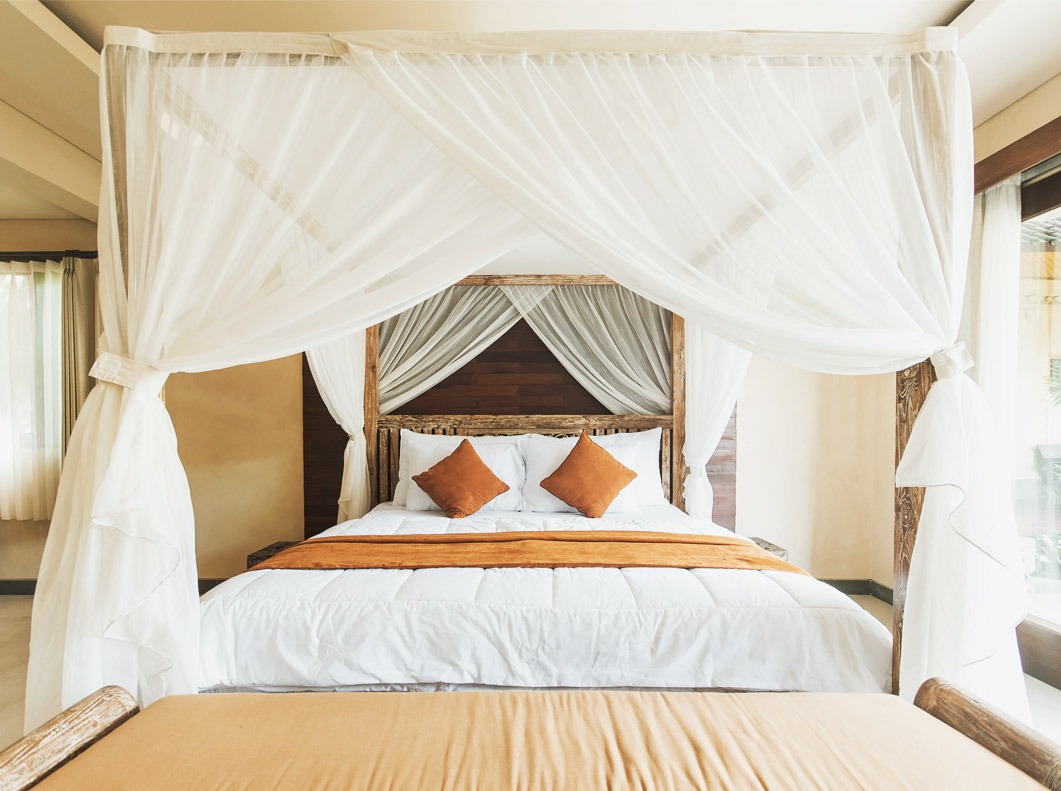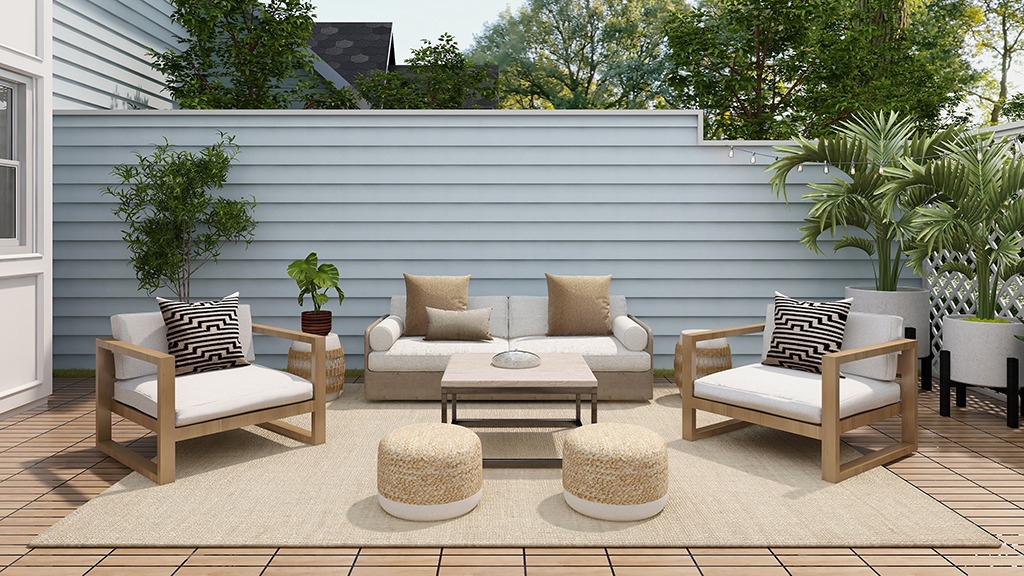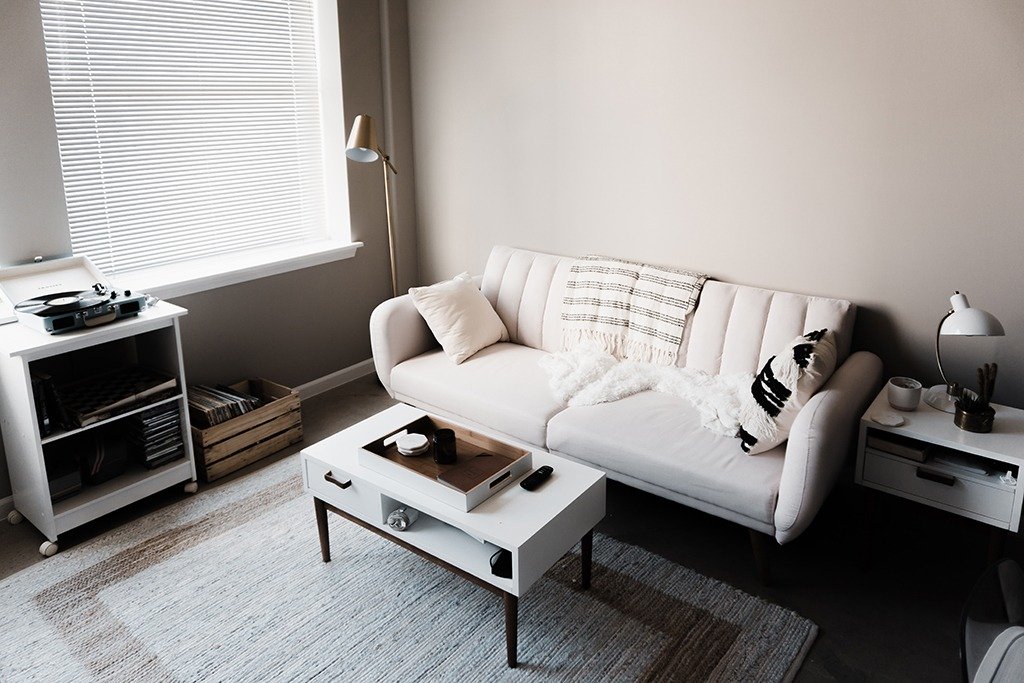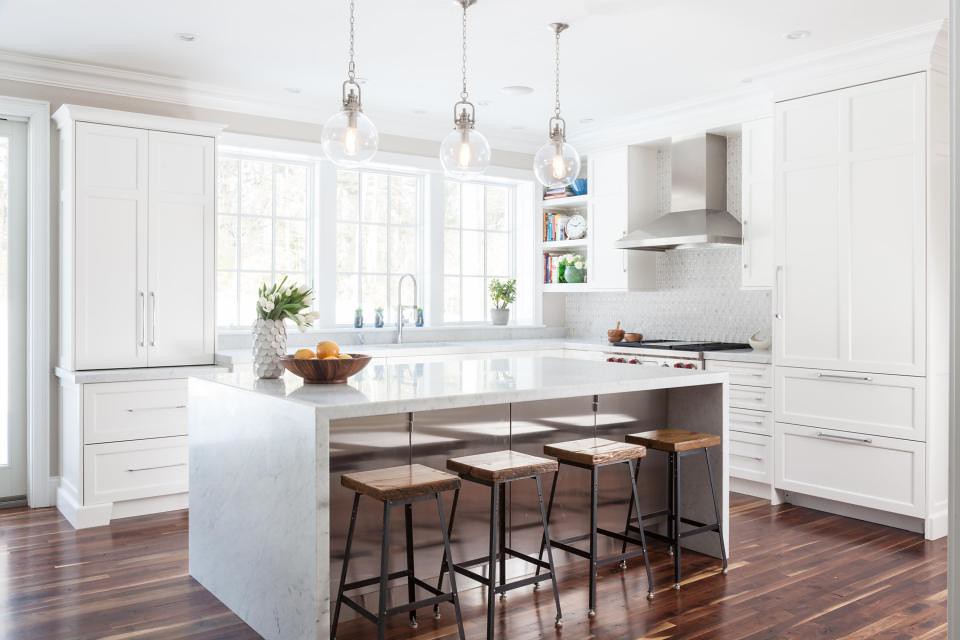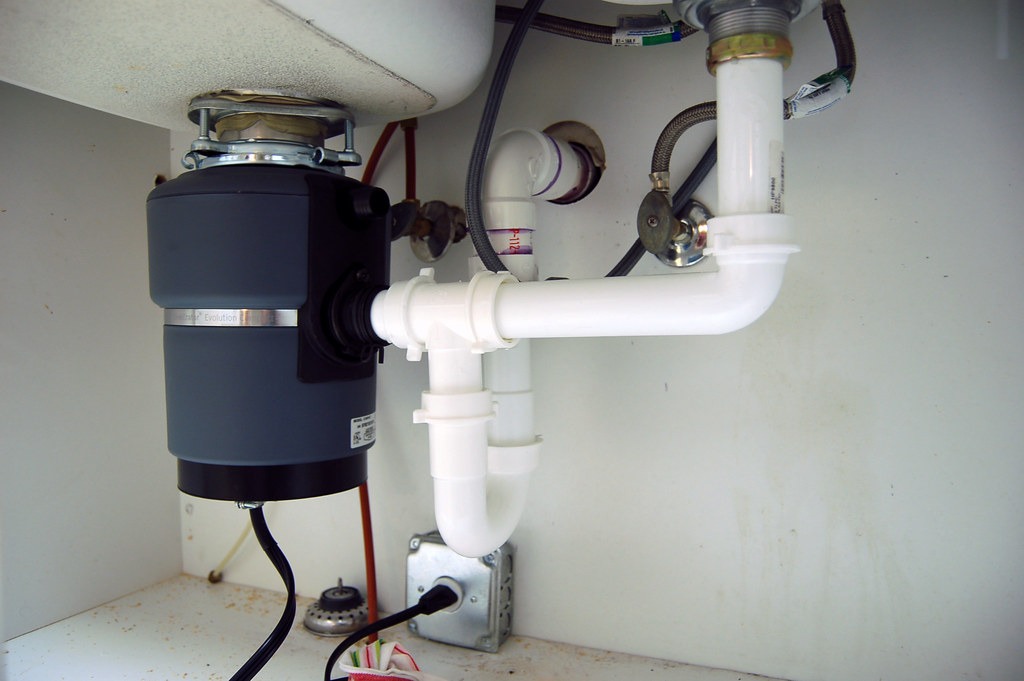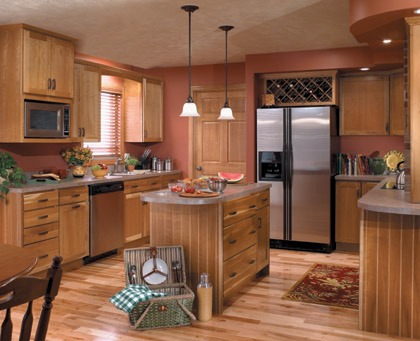Including geometric shapes in home décor is an ongoing interior design trend. The reason for this is obvious: the captivating lines and curves in geometry create an immediacy that blends seamlessly into modern design.
You can introduce these shapes into your rooms in many ways. You can choose fabrics with geometric patterns. You can keep geometry in mind when you pick your furniture. You can use accents with a strong geometric presence.
A particularly effective and fun way to use geometric shapes, however, is using them as wall décor when you design your room. Because walls are large, they’re like a canvas just waiting for a geometric display.
Here are five interior design ideas for using geometric shapes to level up the impact of your wall décor.
1. Build Balance
A room filled solely with linear elements is a room out of balance. Adding curves to such stark décor is a must. Circles are the champions of curves.

Photo by TZIDO SUN on Shutterstock
Although you can use accents to supply these contours, accents can sometimes be too subtle. This is where your wall space can come to the rescue. Hang a series of circular objects in a linear room, and you’ll get the equilibrium back into your space.
2. Forge a Focal Point
Every room needs a focal point, a feature that captures the attention and draws the eye. Although focal points are often architectural, they can be more interesting if they’re an aspect of the room styling instead of its structure. Art or photos can be focal points, but because they are so commonly found on walls, it takes some pretty awesome art or photos to steal the room design show. Geometric shapes arrayed on the wall, on the other hand, are unexpected enough to command the stage. They carry so much weight in their outlines that even if they’re monochromatic, they’ll stand out.

Photo by Artazum on Shutterstock
3. Produce a Pattern
If you want a room with character, you need visual interest. Nothing is more boring as a space filled with solid, neutral surfaces.

Photo by Photographee.eu on Shutterstock
Patterns are essential to adding visual interest. Generally introduced into room design via fabric or paint, patterns break up a room’s flat expanses and turn nothingness into noteworthiness.
But what if you’re decorating a space that has no fabrics and you don’t want to paint?
Thankfully, you can add pattern to your walls with geometric cut-outs. Simply hang shapes on your wall in whatever order pleases your eye, and voila, you’ve developed a pattern that sparks interest.
4. Create Texture
Another problem with flat surfaces is they have no depth. No depth means no dimension. No dimension means, once again, one big yawn.

Photo by Africa Studio on Shutterstock
To get depth, you need texture. Although, as with pattern, you can get texture through fabrics, you can also get it from your wall décor if you use three-dimensional geometric shapes. Any geometric shape will work. If you combine similar shapes of various sizes, you’ll quickly achieve stunning texture.
5. Formulate a Flow
Rooms with large blocks of contrasting solid color can end of being stagnant if they don’t have something to give them a sense of flow. Flow shows up when objects are put together in a way that suggests movement. You can make these “moving” connections through design vignettes or furniture placement, but it’s much easier to do it with an arrangement of geometric shapes. Shapes that have equal-length sides are particularly well-suited to joining into this kind of fluidity.

Photo by Photographee.eu on Shutterstock
If you use the above five ideas, you’re going to love how easy it is to work the magic of geometry into your interior design. Because it takes just a little geometric shape to make a big impact, these techniques will also save you money along the way.




